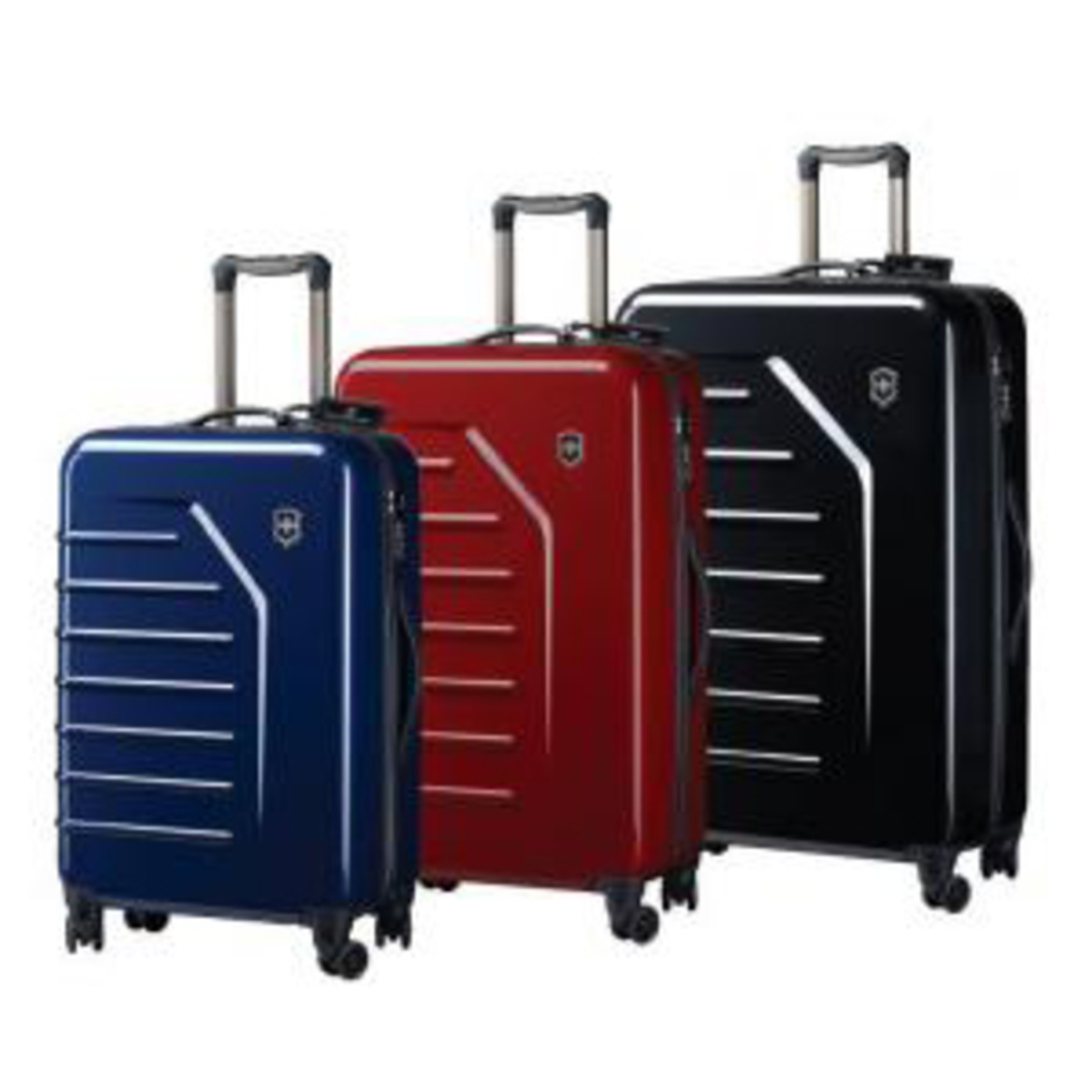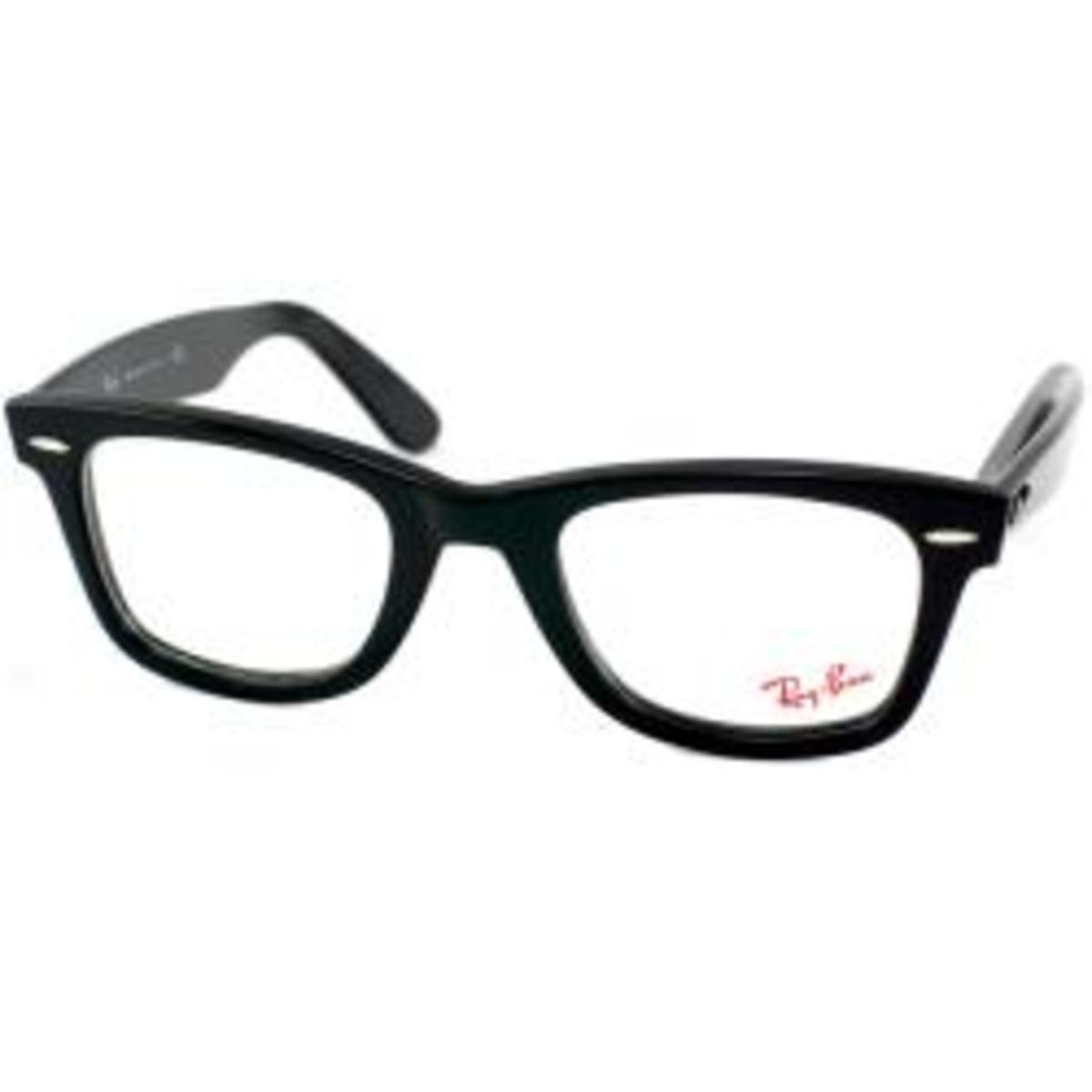I'm considering Hardside Luggage, so what features and benefits should I look for?
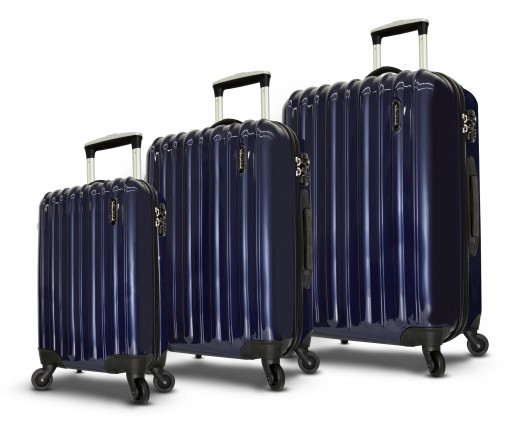
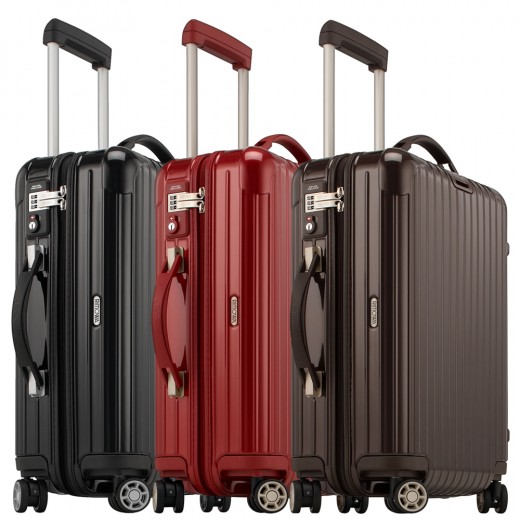
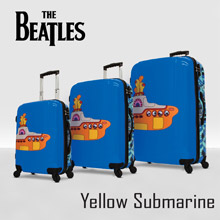
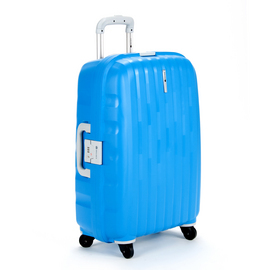
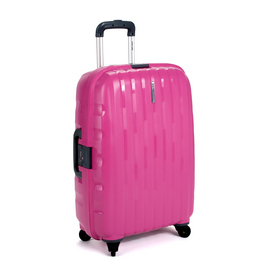
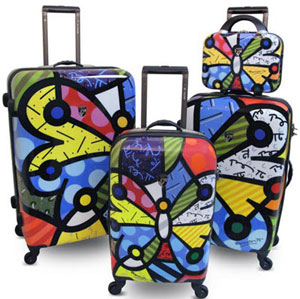
In the last few years, we have seen a change of complexion in the type of luggage that customers are purchasing. Today it is all about weight, the airline's have enforced their weight regulations and the passenger's are paying a penalty for excess baggage fees if their suticase exceeds the weight limitations. After paying good money for your airline ticket, no one seems to be in a good mood if you have to fork out more money upon checking your overweight suitcase. This has motivated the airline passenger to reevaluate their packing strategy. It all starts with a light weight bag. The next issue is the durability of the suitcase, there is only so much you can leave out before you are compromising the integrity. So what options do you have? If the consumer still prefers softside luggage there are vast improvements and many alternatives. However, this article is specifically about Hardside Luggage, and I will address the most commonly asked questions to help you make an educated decision on your next purchase.
In our Luggage Industry there are three type of plastics that are commonly used for luggage. The first is called Acrylonitrile Butadiene Styrene (ABS) Plastic. This was very popular in the 1970s and early 1980s. If you owned a Samsonite, American Tourister, Delsey Hardside suitcase during this time frame it was likely ABS. These commonly had a metal alloy frame and an attractive lining, well maybe something that looked like casket lining. This plastic was considered light for the time frame, yet once we started added features and benefits, such as wheels, carthweel handles, metal extrusion locks, panel dividers, etc. The suticase became quite heavy...even empty. The properties of ABS plastic as used in the 70's was durable, scratch resistant. yet did have issues beyond the weight disadvantage. This form of plastic was vulnerable to cracks and punctures, especially on the corners. A fully packed suitcase actually performed better than a partially packed suitcase. Today, you simply don't see any cases made in this construction, because they are heavy compared to other viable Hardside options today. So now there is a new wave of ABS plastic, and the properties are vastly improved.
The new ABS plastic is much lighter and flexible, and can be covered with a Polycarbonate (PC) Film or Capsheet. Therefore, you would accurately say you have a Composite or mixed formula of plastics. What is vastly different about today's version of PC Composite is that it does not require a metal frame. The older generation above required a metal frame in order to include locks, hinges, and closure systems. This new breed doesn't even require the added weight of a metal frame. In fact, the most common type of closure system is a zipper closure with built in locking system. The TSA (Transportation Security Administration) Approved 3-Dial combination lock is the most popular. Yet the lower price options generally have a keyhole in the zipper pullers, so you can easily add a TSA 3-Dial detachable combination lock to your zippers for security purposes. Many times these PC Composite is inaccurately described a Polycarbonate and does not mention the word ABS, composite, or mixed. This is an important point as ABS is more vulnerable to cracks, and the stress cracks will show through in white if you have an ABS/Polycarbonate composite. By comparison the pure Polycarbonate will retain the same color on the outside and inside as well as the layer in between. So the crack will be the same color as the exterior or interior. An ABS Composite is a terrific composition for suitcases, it is very affordable, and very durable, yet it simply will not perform as well as a PURE POLYCARBONATE! However, there is a tradeoff, as the ABS Composites are much less expensive than the pure polycarbonate suitcases. Most importantly, this new ABS composite suitcase that is available today is extremely light weight, durable, affordable, and comes in a wide array of colors, patterns, finishes, etc.
The next type of plastic I will discuss is Polycarbonate (PC). However, since I already discussed PC Composite or ABS Composite above, now I will be referring to Pure Polycarbonate to avoid confusion. The introduction of PC to the luggage industry could not have come at a better time. In challenged economic times, the consumer tends to base their decision on factors such as durability, functionality, and of course value for your money. Now throw into the mix, the overall weight of the suitcase. PC is extremely popular today because of the weight or lack thereof. PC was used in other industries for quite some time, because of it's exceptionally lightweight properties and its durability. It is used for bullet proof glass and for eye and sunglasses. In an effort not to be repetitive I won't go deep into the different qualities of Polycarbonate, yet please keep in mind that you get what you pay for! The best suitcases in this PC plastic are made out of 100% pure (virgin) PC. The german PC by Bayer is the best of the best. Although, there are less expensive versions in the Asian market that do perform relatively well and are less money.
The Polypropylene (PP) Plastic is commonly used on gun case, tool cases, etc. because of it's flexibility and durability. This type of plastic has been used in the luggage industry for years. Samsonite, Delsey, Roncato, Carlton, Superior and a few other luggage brands all had versions of PP plastic luggage. This plastic was also referred to as Injected Molded plastic, and you could actually mold the closure system right into the frame. Therefore, there was no need for a metal extrusion frame as used on the ABS plastic suitcases referred to above. This flexibility allowed you to literally jump on the empty case and watch it fill back up with air and return to its original shape. Amazingly, it was rare that you would see cracks or punctures in this type of plastic. The downside was that this plastic has a high petroleum content, and you couldn't use a glue-down lining, as the lining would quickly work itself loose. The interior of the suitcase was the same color as the exterior, and most brands opted to leave the case unlined except for the divider interior. The other issue was PP plastic showed virtually every scratch and the earlier versions were quite H-E-A-V-Y/ Today, there is a whole new evolution of Polypropylene (PP) plastic luggage. it is available in 2-Wheel Trolley Bags, 4-Wheel Spinners, and an entire array of awesome colors. As it turns out, there was no need to make the PP as thick as they did in the 70's, so the new version sold today is quite light. Not as light as PC, but a very good alternative indeed. The PP plastic suitcases all seem to be quite affordable and in my estimation a good value for your money. Please keep in mind the PP plastic will continue to scratch and show scratches, yet if your primary concern is durability, protection of your contents, and good value for your money, you won't be disappointed.
Many of our customers ask which brand or which Hardside luggage collection we recommend or call our favorite. That is not an easy question to answer, as we wouldn’t stock the brand if we didn’t have a customer following. Therefore, my recommendations are based on the frequency of your travel and the level of quality you require. Just like Softside luggage there is a huge assortment in every quality range imaginable. I am always happy to help you evaluate the product, and invite you to ask any questions you like. If the product is available in our US market or something that I am familiar with, I will be happy to give you my assessment.
Did I mention anything about maneuverability? These suitcases all come with 4 spinner wheels that allow you to glide and slide through the airport concourse and ticket lines with the ease of a grocery cart. In fact, the airline carry-on size can wheel down the airplane aisle on the narrow side, without even brushing up against seated passengers. This added maneuverability, has made the 4-wheel spinner concept an exceedingly popular feature. In fact, I can't imagine why anybody would consider a hardside suitcase that doesn't have the 4-wheel spinner feature.
I would like to conclude with a reminder about 4-wheel spinner suitcases. I address this subject in another hubpage article, yet it is also relevant to this article. Most of these Hardside suitcases come with the 4-wheel spinner system. It is a good idea to size up when making your purchase of checked baggage sizes (24"-32"). The wheels are mounted at the bottom of the suitcase, so you effectively lose 2" of packing space. So if you are moving from a 2-wheel Trolley style suitcase in the 24" size, you actually may need a 26" spinner to accommodate the same amount of packing. Safe travels!

